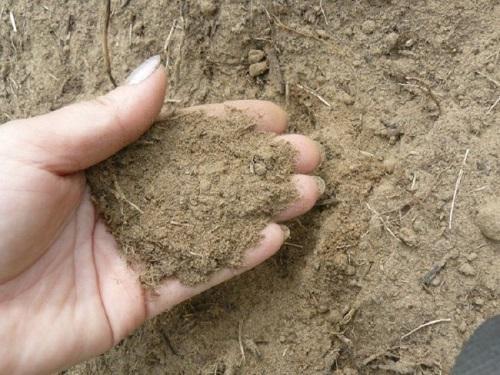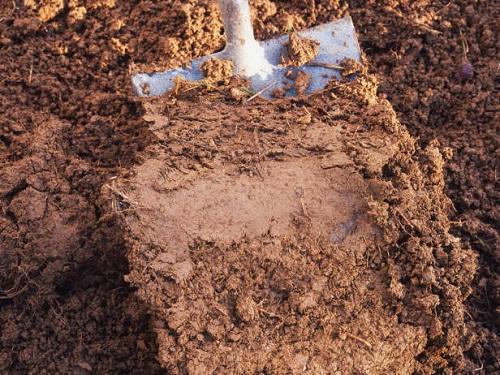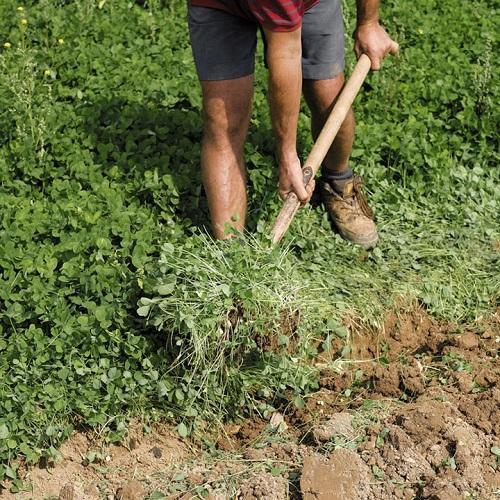How to make sandy soil suitable for growing garden and horticultural crops?
 Sandy soil is one of the poorest in nutrients. Growing plants on it, even with the use of fertilizers, is a rather difficult job. The sand is not able to retain moisture, which is why it dries out quickly, and the introduced preparations are also quickly washed out or go deep into the depths, from where it is difficult for the root system of plants to get them.
Sandy soil is one of the poorest in nutrients. Growing plants on it, even with the use of fertilizers, is a rather difficult job. The sand is not able to retain moisture, which is why it dries out quickly, and the introduced preparations are also quickly washed out or go deep into the depths, from where it is difficult for the root system of plants to get them.
To make sandstones suitable for horticulture and horticulture, it is first necessary to improve the structure of the soil. It is not enough just to apply fertilizers, first of all, the soil must be "heavier" by adding other components to the soil. And only then periodically make reserves of nutrients, using mainly organic matter.
In other words, it is necessary to carry out a set of activities, which includes:
- introduction of clay, black soil to the site, peat;
- periodic fertilization of the soil with organic matter;
- the use of mineral fertilizers.
How to change the structure of sandy soil?

To keep moisture in the sand longer, clay should be added to the site and dug up. After digging, the clay should remain at a depth of up to 5 cm. Gradually it will be washed away by rains and close the pores in the soil, preventing the water from draining quickly.
When planting perennial crops, for example, fruit trees and shrubs, lay a layer of clay on the bottom of the planting pit, and only then pour fertile soil on top.
If possible, it is advisable to dilute the sandy soil with chernozem or peat compost. The latter must be made in a sufficiently large amount - up to 800 kg per hundred square meters. High-moor peat itself retains moisture well. Of course, all this requires significant financial investments, and the maximum effect will appear only next year.
Using organics on sandy soil

Applying organic fertilizers is one of the most affordable methods, and their regular use will significantly improve the composition of the soil. Ordinary compost is the best in this business. It should be scattered annually in the spring around perennials or in future beds and mixed with sandy soil. The compost layer must be made at least 2 cm.
Composting in autumn will not give positive results, since most of the nutrients will be washed out with water in the spring.
They improve the structure of sandstones quite well and enrich them with microelements green manure plants - lupine, seradella and legumes. The mown green mass of green manure is dug up together with the ground for the winter. For these purposes, you can also use ordinary cut grass, but without seeds.
Use of mineral fertilizers
Light sandy soils are often severely deficient in potassium, magnesium, and many other elements. Mineral preparations are indispensable here, but they must be used very carefully. Indeed, the nutrient solution will pass through the sand faster, which can cause root burns and even plant death. It is better to divide the recommended dose into several doses.